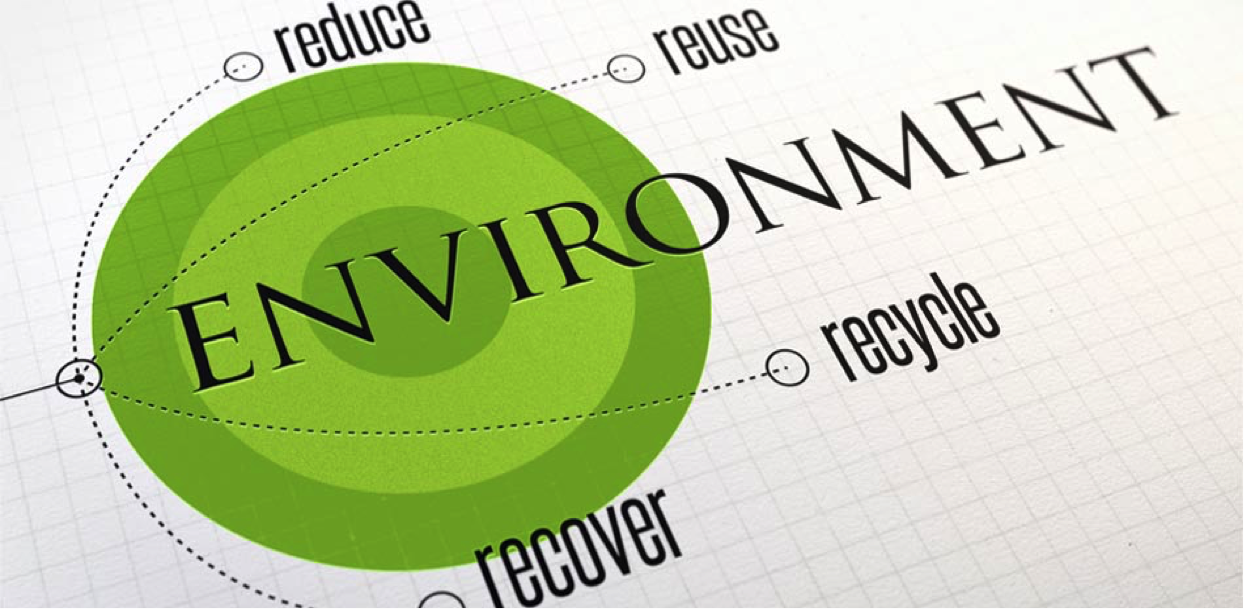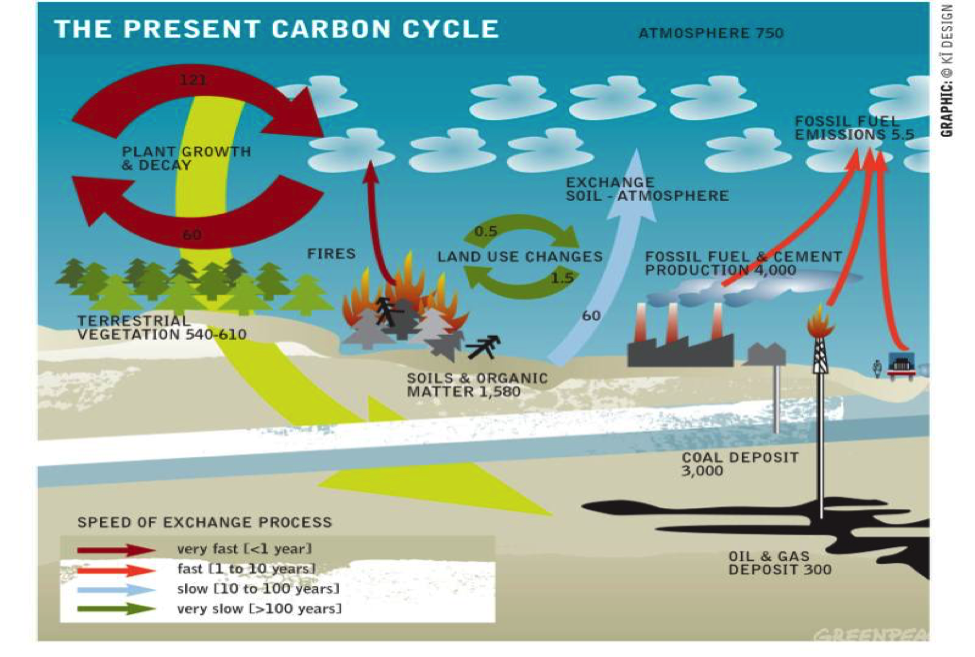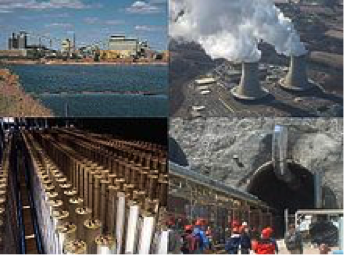Division of Environment, Waste Management & Decommissioning (EWMD)

MANDATE:
- Provide a means of presenting information on nuclear and environmental science and technology.
- Organize specialized programs (conferences, workshops and seminars) to encourage the exchange of information in the interdisciplinary field of nuclear waste, environmental science and technology, and decommissioning.
- Host, or co-host with other associations, nuclear and environmental awareness sessions, to inform the public on topics of nuclear waste management and decommissioning.
DIVISION TOPICS:
- Uranium Mining & Milling Waste Management: Includes the regulatory interfaces, compliance verification and monitoring, and processing and disposal of waste (including waste rock, tailings and mill effluent, and site remediation).
- Low Level, Intermediate Level & Mixed Waste Management: Includes generation through treatment, recycling, long-term management and disposal, technology deployment, and effluent monitoring for all types of facilities: hospitals, research, power generating, radiochemical, and waste facilities.
- Waste Characterization, Processing, Packaging & Waste Minimization: Includes waste characterization, waste processing, and packaging and minimization including strategies, technologies, and technical development.
- Waste Transportation: Includes transport package development and regulatory considerations, transportation logistics and operations, and integrated planning and scheduling issues for large shipping campaigns, stakeholder and public interactions.
- Used Nuclear Fuel & High Level Waste (HLW) Management: Includes treatment, recycling through interim storage, long-term management and disposal. Also covers safety assessment, licensing, monitoring, siting, and development of a deep geological repository.
- Environmental Remediation: Includes remedial actions, inspection, characterization, sampling, compliance, aquifer and soil remediation and management of residual waste, technological or process improvements, closure, and legacy management/long–term stewardship.
- Decommissioning Strategies & Projects: Includes site wide decommissioning strategies and financial funding models to regulatory aspects and planning. Can include waste characterization, waste storage, waste handling, clearance criteria, decontamination, dismantling and demolition, and international technology.
- Government Policies, Programs & Oversight: Includes new developments and updates on federal, provincial and international programs and policies, and regulatory and oversight matters. Can include contracting, permitting, compliance, privatization, new regulation, and standards development.
- Stakeholder Engagement: Includes approaches for and experience in communication, public involvement, education and collaborative decision making. Objectives include enhancing public involvement, advancing ideas for knowledge sharing, and highlighting innovative approaches.
- Aboriginal Participation in the Nuclear Industry: Includes aboriginal involvement and education on technical and environmental issues, including integration of Aboriginal Traditional Knowledge, sharing/collaboration, and partnership initiatives.
- Other Potential Topics: Includes developing the Next Generation of Nuclear Waste Leadership, Information Management, Education, Communication, Technical Innovation in Waste Management, and Safety & Safeguards.
CHAIRS:
Ian Wigginton and Khashayar Ghandi (Co-Chairs) WEF 2021
Parva ALAVI (2013 – 2021)
Ken DORMUTH (2008 – 2013)
Michael STEOHENS (2003 – 2008)
Duane PENDERGAST (1999 – 2003)
Mitch OHTA (1995 – 1999); Deputy Judy Tamm
PAST CONFERENCES:
Nuclear Waste Management, Decommissioning and Environmental Restoration (NWMDER) Conference (Sep 2019)
The 4th Nuclear Waste Management, Decommissioning and Environmental Restoration (NWMDER) conference was held in September 2019 at Ottawa with over 350 participants. Among the attendees were a large group of municipal representatives of communities, including First Nations, that are engaged with the NWMO site process.
The conference was highly successful, technically and financially. The success of the conference was attributed to great conference planning and execution, excellent technical and plenary programs, a great team effort with each of the organizing committee members performing their respective duties responsibly and diligently, and direct engagement and financial support of NWMO, the Conference Host organization.
Nuclear Waste Management, Decommissioning and Environmental Restoration (NWMDER) Conference (Sep 2016)
The NWMDER conference, held in Ottawa, ON, 2016 September, was organized by members of the division in conjunction with support and sponsorship of Nuclear Waste Management Organization (NWMO) and Ontario Power Generation (OPG).
The conference was very successful, bringing together over 350 delegates from more than 40 municipal representatives of communities, including First Nations that are engaged with the first phase of the Nuclear Waste Management Organization site process. The plenary sessions, with presentations by OPG, NRCan, CNSC, AECL, NBP, BP, Cameco, Sweden, Belgium, United States, and IAEA, and technical sessions with 5 daily parallel sessions, and lunch speeches by government representative and industry experts were well received by participants from all energy sectors.
Verbal and written feedback from many participants from a wide range of organizations indicated high satisfaction with the general dynamics of the conference.
Waste Management Symposium (WMS – March 2016)
Division members participated in this symposium held in Phoenix, Arizona, 2016 March.CNS Division members of EWMD presented paper at the symposium.
Symposium held an evening plenary session for women on the International Women’s Day.
The International Waste Management Symposium, organized by the WM Symposia (WMS) takes place annually in March at the Phoenix Convention Center in Phoenix, United States of America. The conference covers areas like seeking safe, environmentally responsible, technically sound and cost effective solutions to the management and disposition of radioactive wastes and the decommissioning of nuclear facilities to enhance the transparency and credibility of the global radioactive waste industry.
4th Climate Change Technology Conference (CCTC – May 2015)
Members of the Division actively participated in organizing and chairing technical sessions at 4th CCTC held in Montreal, 2015 May. CNS Division members of EWMD helped conference to bring together specialists in a variety of fields, who are busy leveraging their expertise fight climate change.
Waste Management, Decommissioning and Environmental Restoration Conference (Sep2011)
This conference, held in Toronto, ON, in Sep 2011, was organized by members of the division. The success of the conference can be attributed to a number of significant developments were reported on including the OPG DGR, the Port Hope Area Restoration Initiative, the assessment of feasibility of siting a geological disposal facility for LILW at CRL site, and the start of siting activities by the NWMO.
Interesting Plenary sessions on each morning of the Conference and 35 parallel technical sessions with over 130 final technical papers were well received by participants.
Waste Management, Decommissioning and Environmental Remediation Conference (May 2005)
The conference organized by members of the division, held in Ottawa, ON, 2005 May, was successful with over 320 participants. Over 150 technical good quality papers (90% Canadian) were presented.
One plenary session (on waste classification systems) gave birth to a new national initiative through the Canadian Standards Association to come up with a Canadian standard to improve communication, reporting and joint planning. Another plenary session on waste clearance led to much better understanding all around of what future regulations may look like, and what the real-world implications of the requirements could be.
Symposium on the Scientific and Technical Basis for Protection of the Environment from Ionizing Radiation (Dec 2002)
This Symposium, held in Ottawa, ON, 2002 December, was organized by members of the division in conjunction with the CNA and COG.
Conference Climate Change 2: Canadian Technology Development (Oct 2001)
This Conference was organized as a sequel to the Symposium on Climate Change and Energy Options. It was held at the Holiday Inn on King in Toronto in 2001 October, and was very successful in bringing together experts from all energy sectors.
Symposium on Climate Change on Climate Change and Energy Options (Nov 1999)
The Division organized the Symposium on Climate Change and Energy Options, which was held in Ottawa in 1999 November. The Symposium provided an opportunity for review and discuss leading-edge developments in the area of available energy options to meet the Kyoto-Protocol commitments.
Non-Human Biota Symposium (Dec 1996)
A symposium on Radiological Impacts from Nuclear Facilities on Non-Human Biota was held, 1996 December 1-2, in Ottawa. The purpose of the Symposium was to bring the AECB, Environment Canada (EC) and members of the nuclear industry to discuss EC’s plans for assessing the toxicity of radiological release on non-human biota, as specified under their Second Priority Substances List (PSL2). This event represented the first time the CNS and the Canadian Radiological Protection Association (CRPA) had acted as co-sponsors of an event. The Symposium was a financial success both for the CNS and the CRPA.
The CNS, through the E&WM Division, also participated in the 1999 Workshop on the Radiological Impacts of Nuclear Facilities on Non-Human Biota. This Workshop, held in Ottawa, was co-sponsored by the AECB and the Swedish and Australian nuclear regulatory agencies.
International Conference on Deep Geological Disposal of Radioactive Waste (Sep 1996)
The International Conference on Deep Geological Disposal of Radioactive Waste, sponsored by the Canadian Nuclear Society, took place in Winnipeg on 1996 September 16-19. The conference, which brought together 270 delegates from 20 countries involved in nuclear waste management, was technically and financially a success for the CNS.
PUBLIC INFORMATION:
If you’re interested in learning more about nuclear waste management,
we would encourage you to follow the NWMO’s Facebook and Instagram pages.
Update on the Nuclear Waste Management Organization’s (NWMO) Statement on Reconciliation
The NWMO’s Council of Elders and Youth, the Board of Directors, and NWMO leadership gathered together to finalize a Reconciliation statement through Indigenous ceremony.
The statement outlines the NWMO’s commitment to reconciliation and commits the organization to building relationships with Indigenous peoples and communities based on mutual respect and understanding.
This is a big step for NWMO; one that continues their journey since their founding.
NWMO has been clear as we work toward selecting a site for Canada’s used nuclear fuel that we can only move forward in partnership with local First Nation and Métis communities. Establishing that partnership includes acknowledging historical wrongs in Canada’s past, and clearly committing to reconciliation and working together to co-create a shared future built on rights, equity, and well-being for everyone.
The NWMO’s Reconciliation Statement is their acknowledgement and promise as an organization. The promise to continue that journey and to help build a better future by addressing the challenges of today is a milestone.
NWMO will be sharing some photos and a short video about the event on the NWMO’s Facebook and Instagram pages.

Articles
Environmental impact of nuclear power

From Wikipedia, the free encyclopedia
The environmental impact of nuclear power results from the nuclear fuel cycle, operation, and the effects of nuclear accidents.
The greenhouse gas emissions from nuclear fission power are much smaller than those associated with coal, oil and gas, and the routine health risks are much smaller than those associated with coal. However, there is a “catastrophic risk” potential if containment fails,[1]which in nuclear reactors can be brought about by over-heated fuels melting and releasing large quantities of fission products into the environment. This potential risk could wipe out the benefits. The most long-lived radioactive wastes, including spent nuclear fuel, must be contained and isolated from the environment for a long period of time. On the other side, spent nuclear fuel could be reused, yielding even more energy, and reducing the amount of waste to be contained. The public has been made sensitive to these risks and there has been considerable public opposition to nuclear power.
The 1979 Three Mile Island accident and 1986 Chernobyl disaster, along with high construction costs, also compounded by delays resulting from a steady schedule of demonstrations, injunctions and political actions, caused by the anti-nuclear opposition, ended the rapid growth of global nuclear power capacity. A release of radioactive materials followed the 2011 Japanese tsunami which damaged the Fukushima I Nuclear Power Plant, resulting in hydrogen gas explosions and partial meltdowns classified as a Level 7 event. The large-scale release of radioactivity resulted in people being evacuated from a 20 km exclusion zone set up around the power plant, similar to the 30 km radius Chernobyl Exclusion Zone still in effect. But published works suggest that the radioactivity levels have lowered enough to now have only a limited impact on wildlife.[ In Japan, on July 2016, Fukushima Prefecture announced that the number of evacuees following the Great East Japan earthquake events, had fallen below 90,000, in part following the lifting of evacuation orders issued in some municipalities.
